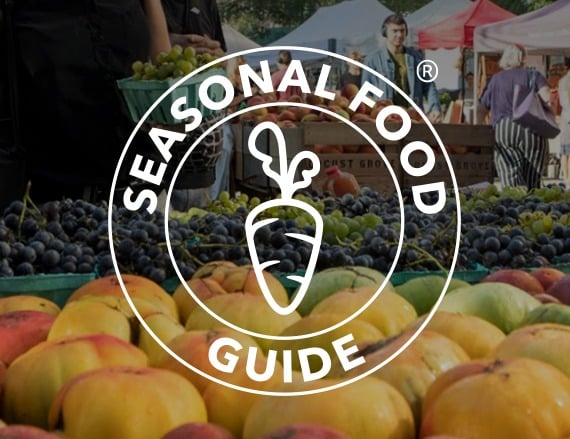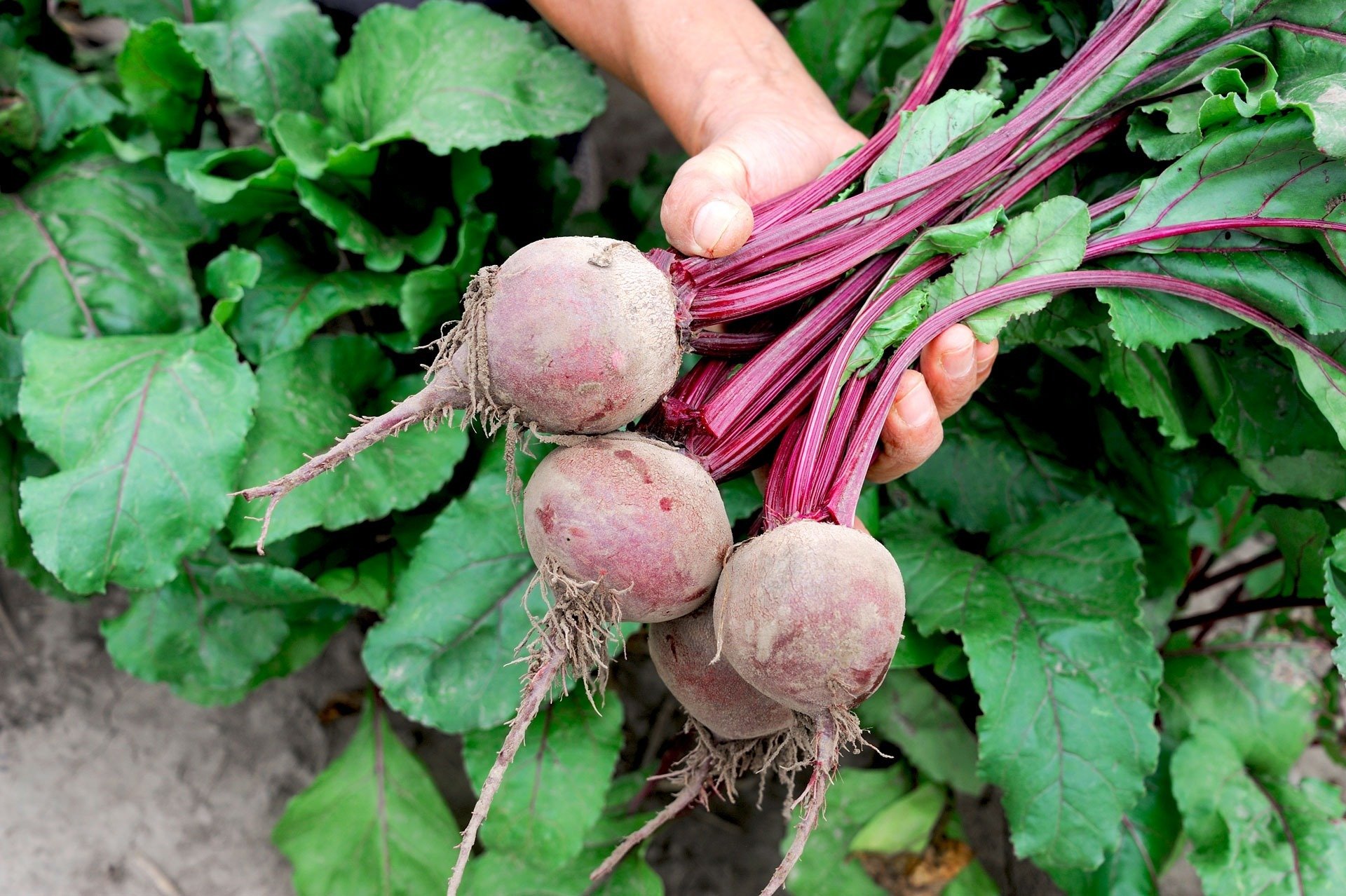Real Food Encyclopedia | Beet
When it comes to vegetables people love, beets (Beta vulgaris) sometimes have a hard time making headway. Considering many people get their first taste of the vegetable in the form of canned, pickled beets in the school cafeteria line, this isn’t surprising. Even when fresh, they can be fibrous and overwhelmingly earthy if they’re prepared poorly. But farm-fresh beets come in a rainbow of colors, including bright red and pink varieties; the sunny golden variety; the striped Chioggia (“candy cane”); and even white varieties, all with unique flavors that pop when prepared the right way.
Fun facts about beets:
- The Chioggia (frequently called “candy cane” in the U.S.), beautifully striped hot pink and white, is named after Chioggia, a fishing town in the province of Venice.
- Mangelwurzel (aka “fodder beet”) is a large yellowish beetroot cultivated for animal feed. Its name means “poor root” or “scarcity root, “and it’s generally eaten (by people) only in times of shortage, although it was also pickled and made into beer in the past.
- A little over half of the sugar produced in the U.S. comes from sugarbeets, which are bred for their high sugar content. However, sugarbeets are not directly consumed by people and need to be processed to produce white sugar.
What to look for when buying beets
Seek out beets that feel heavy for their size, with no mushy or black areas. If sold with their greens attached, the leaves should be sprightly (not wilted) with no yellow spots.
Sustainability of beets
Pesticides
As a root vegetable with a thick peel, table beets tend to contain very little pesticide residue. These are grown on a small scale nationwide, and they’re often worked into more complex crop rotations to manage pests without too many chemicals. Still, if you’re concerned about chemical use, choose certified organic or check with your local farmer about their growing practices.
Seasonality
The peak season for beets is generally mid-summer through late fall — but they can be cold stored (like apples) or heavily mulched and so, in most regions, are readily available through the winter.
Geography
Oregon, Wisconsin and New York lead the U.S. in table beet production, but the vast majority of the vegetable grown in the U.S. go to the canning industry. Many vegetable farms use them in rotations during the cooler parts of the year.
Eating Beets
Storing
Beetroot can be stored loose in your fridge’s veggie drawer for at least two to three weeks, or longer. The greens are far more delicate and should be cooked within two or three days of purchase; cut greens from the roots and store in a damp towel or unsealed bag in the fridge.
Cooking
Pro tips:
- Every single part of the table beet is edible — roots, stems and leaves.
- Getting the skin off of roasted beets can be a bit difficult, so use this tip from the venerable chef Thomas Keller: After letting the roasted beets cool slightly, rub the skins off with a paper towel (or a rough dishtowel you don’t mind getting stained). The skins will come right off with very minimal effort with no vegetable peeler necessary.
Beetroot can be eaten raw, roasted, boiled, steamed, sautéed and even made into chips. They are excellent paired with salty or creamy cheese (like feta, goat, ricotta), nuts and citrus. They are wonderful roasted whole, which concentrates the sweet and earthy flavors.
Beets are an essential part of Russian and Eastern European cooking; probably the most famous dish is borscht, a (usually) beet-based soup with many regional variations. The old-fashioned and academically named Harvard beets are boiled and topped with a cornstarch-thickened sweet and sour sauce. Beets are also used in baking, as both a food coloring (check out this red velvet cake made with beets instead of red dye) and to add moistness (like in this chocolate beet cake with crème fraiche).
The leaves are excellent raw, boiled, steamed and sautéed. Add them to any recipe calling for spinach or chard. The stems are also delicious and can be cooked the same way you’d cook chard stems or bok choy; either boiled in salted water until tender or sautéed.
Preserving
Pickling beets is a great way to preserve them, and making them from scratch outshines the canned variety. They can also be lacto-fermented; beet kvass is a healthy drink made from lactofermented beets. Beets can also be canned and frozen.
Nutrition
Beetroot is high in fiber, folate and manganese, and is a decent source of Vitamin C, potassium and magnesium. The greens are nutritionally almost identical to chard, which means they are high in fiber, Vitamin A, Vitamin C, Vitamin K, riboflavin, calcium, iron, magnesium, copper, manganese — the list goes on and on. The pigments responsible for both red and yellow varieties, betalains, are antioxidants and may also be cancer-preventatives.
Top photo by nd700/Adobe Stock.


